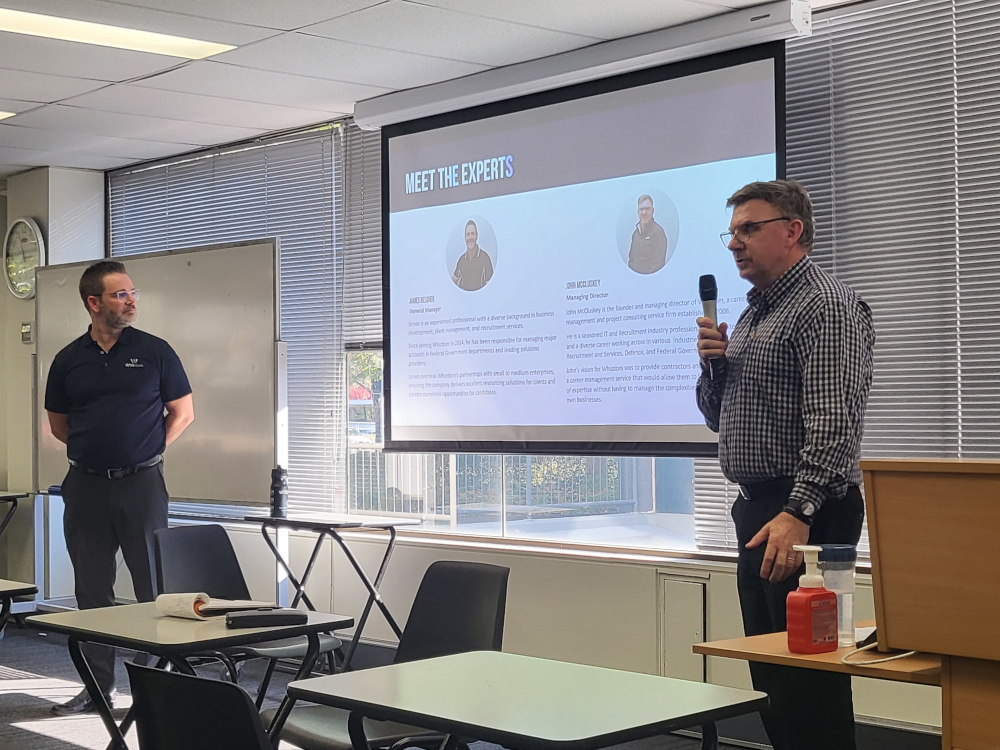 |
| Pearcey panel at Aus 2.0 Launch |
A panel of industry people started by discussing expanding the engineering workforce, and opening it to more women. The point here is you can't refit the grid for renewable energy without trained people. One issue is recognizing the overseas qualifications of professionals (something I help with at ACS & ANU). Another issue is male biases built into technology courses. Another issue is consumer education, and if AI could help.
Curiously, some of the issues in terms of consumer behavior are not new. An example raised by the panel was controlled load hot water: the water heater turns off during time of high energy demand, and in return a lower tariff is charged. New technology allows this to be done with smart meters, but the problem from decades ago when it used a signal sent over the power lines, the consumer needs to be convinced it is worthwhile.
The panel touched on international collaboration to apply lessons from elsewhere in Australia. However, I suggest the reverse also applies, as Australia has the highest use of domestic rooftop solar in the world. That is something Australians can teach about, and charge money for.
Energy is a national security issue. One scenario discussed by the panel was cyber attacks on smart meters. This could be used to disconnect consumer's power, on a large scale. But I suggest it could also be used to attack the grid: of all the demand load is turned on during peak energy use. One of the panelists pointed out the national telecommunications control centers are at secret locations., whereas those for the electricity grid are not.
Professor Lachlan Blackhall's "light switch" was mentioned several times. He isn't here, so I asked the panel what it was. Apparently it is in the 2.0 report, and is the idea that consumers want a switch to control devices in their home, not trusting remote control. I suggest that this consumer sovereignty will have limited application. If the grid can't cope, the consumer will not be permitted to turn on non-critical appliances. The form of control will be like fly by wire pioneered on the Apollo Lunar Module, and no common on airliners. The flight controls are input to a computer, which can override the pilot.

